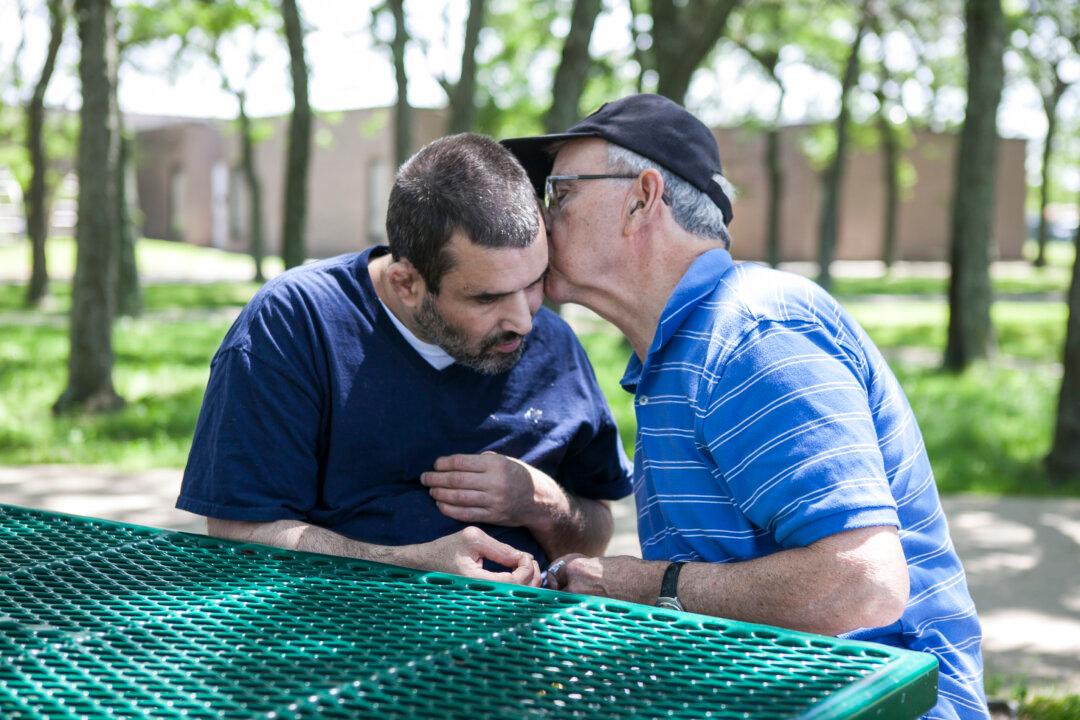NEW YORK—With the Brooklyn Developmental Center (BDC) closing on Dec. 31, John Cosentino, a 51-year-old man with a history of seizures, self-injuries, and a tendency to swallow inedible objects, will move out of the center and into a home that offers more independence. His parents are terrified about the transition.
“It’s a very difficult time,” said Anthony Cosentino, his father.
For the last 37 years, John Cosentino has lived at BDC, the second to last institution for the developmentally disabled in New York City. For some, it had been a last resort for the severely developmentally disabled. Bernard Fineson in Queens, the last developmental center in New York City, is scheduled to close in 2017.
John Cosentino belongs to a small subset of severely developmentally disabled people who cannot handle independent living. They make up 5 percent of developmentally disabled adults, and their needs are often overlooked amid a movement to replace all developmental institutions with group homes.
Driven by a 1999 Supreme Court decision that favored integrated settings for people with mental disabilities, psychiatric hospitals and developmental centers have been closing nationwide in order to transition patients into more humane, community-based homes that encourage independence. For most patients, it is a welcome change.
But independence can be dangerous for John Cosentino, one of the many adults living in locked down residential units at BDC who suffer from severe disorders. He has a combination of behavioral disorders such as aggression, autism, and pica, a disorder that causes him to eat inedible items. To ensure his safety, he needs a structured life and 24-hour, one-to-one direct care by highly trained professionals.
For the most part, he had received that at BDC.
Although the center is closing at the end of the month, a few critical questions about the quality of his new group home care remain unanswered.
Unanswered Questions
Over the years, the elder Cosentino and his wife contacted numerous group homes from Maine to Florida, but none had the capacity to keep their son safe.
Without the proper care, John Cosentino has endangered his life several times.
He has eaten screws, cigarette butts, and padding from chairs. At age 9, he once smacked himself over 600 times in one sitting.
It wasn’t until age 14, in 1978, that John Cosentino was finally accepted into the newly opened BDC, which his parents called a miracle. The institution had centralized services and staff that could efficiently keep John Cosentino safe. BDC was his last resort.





